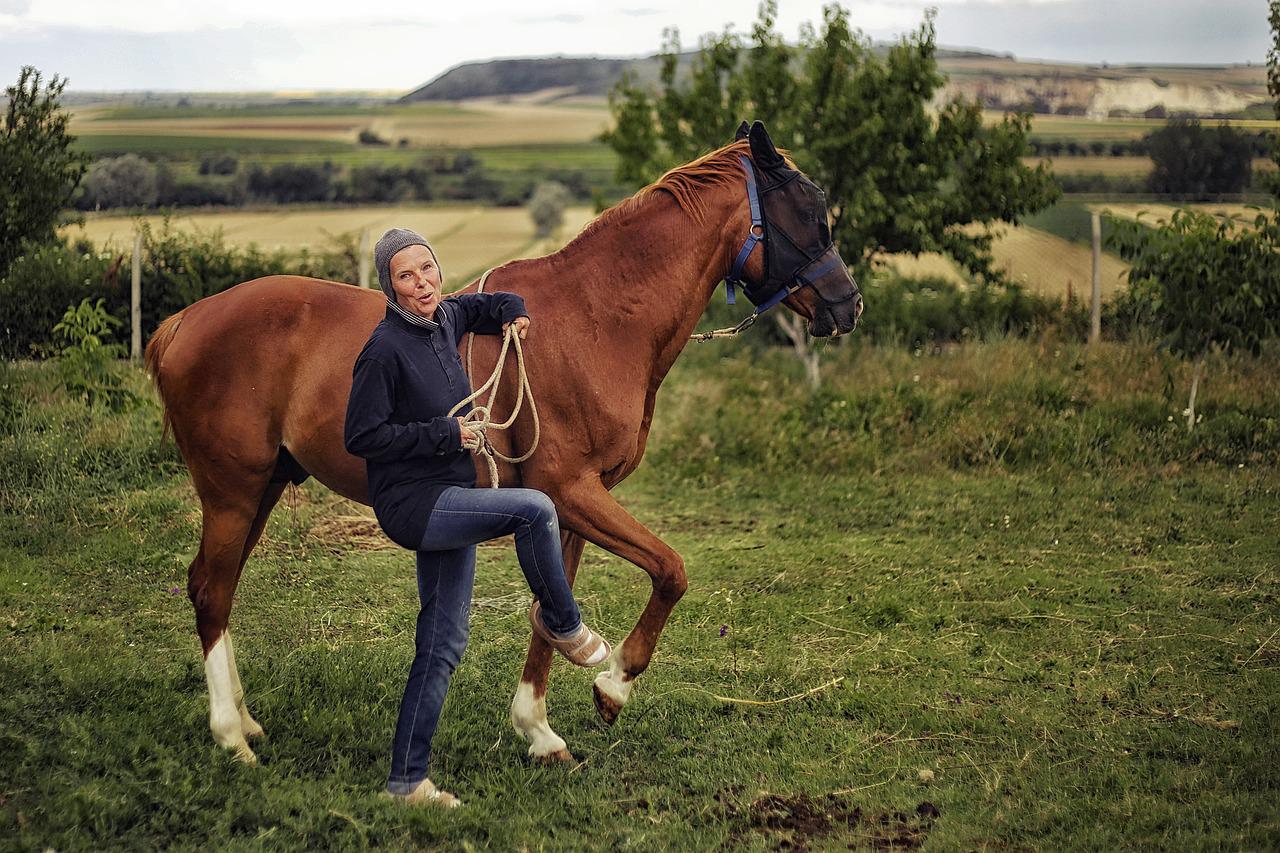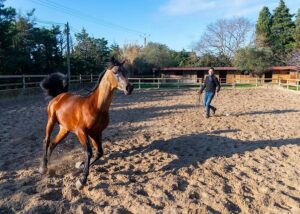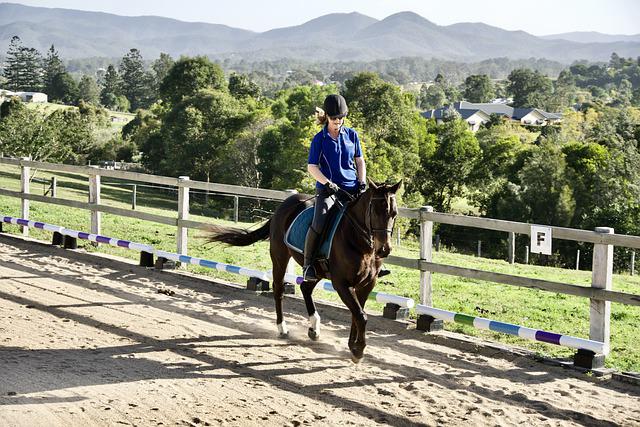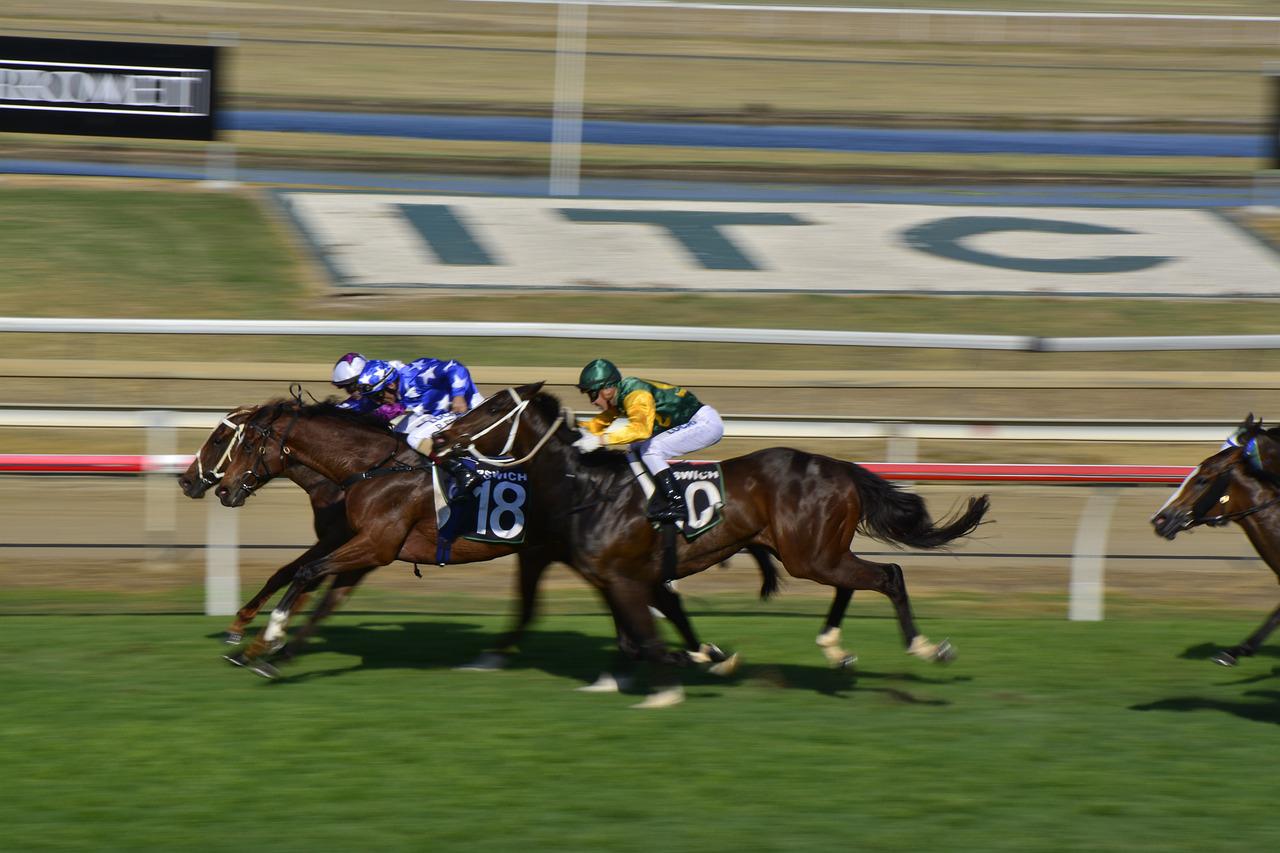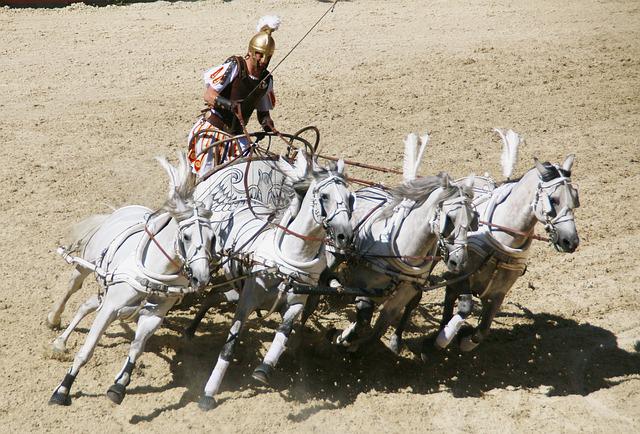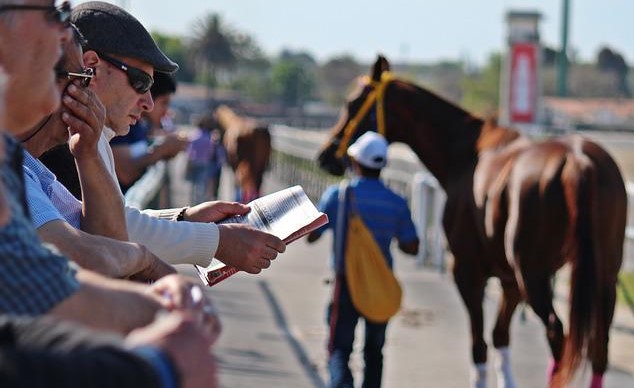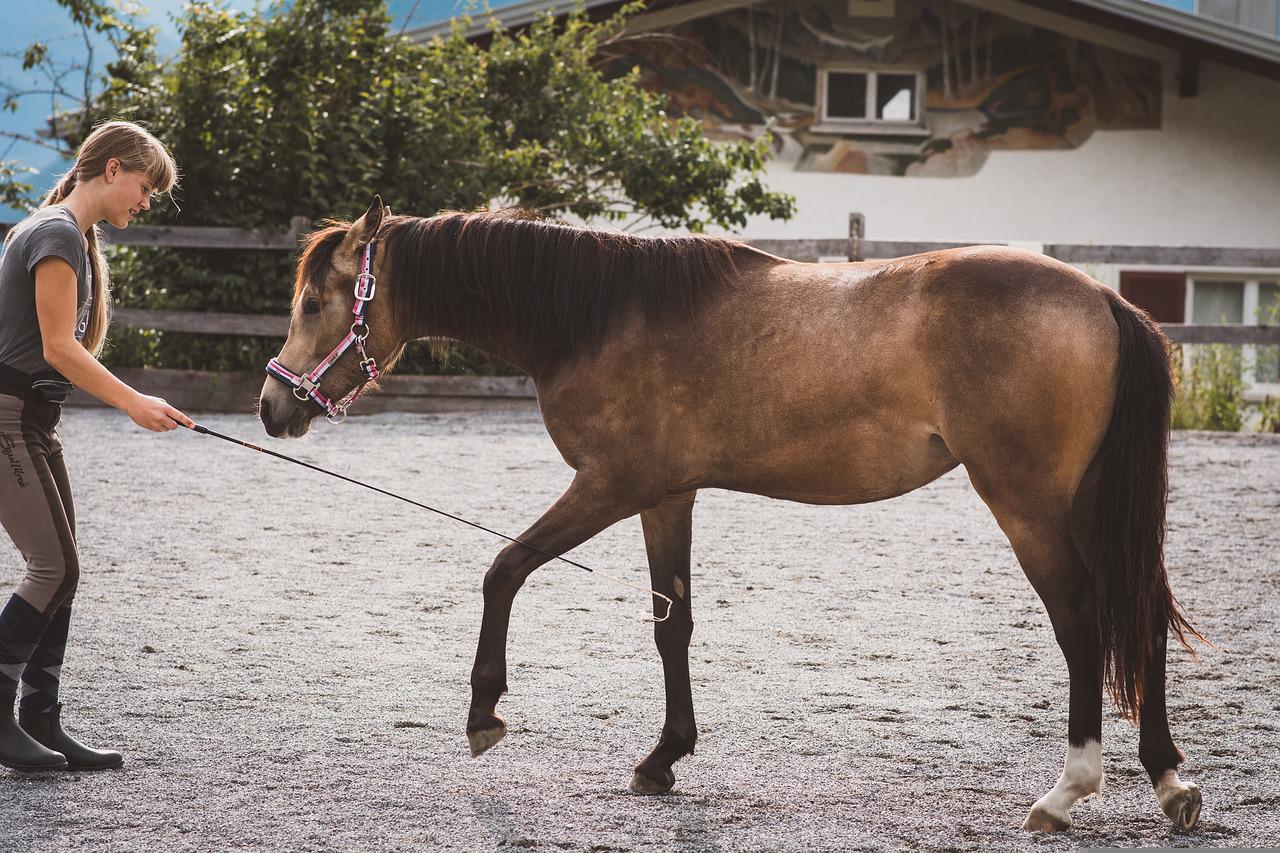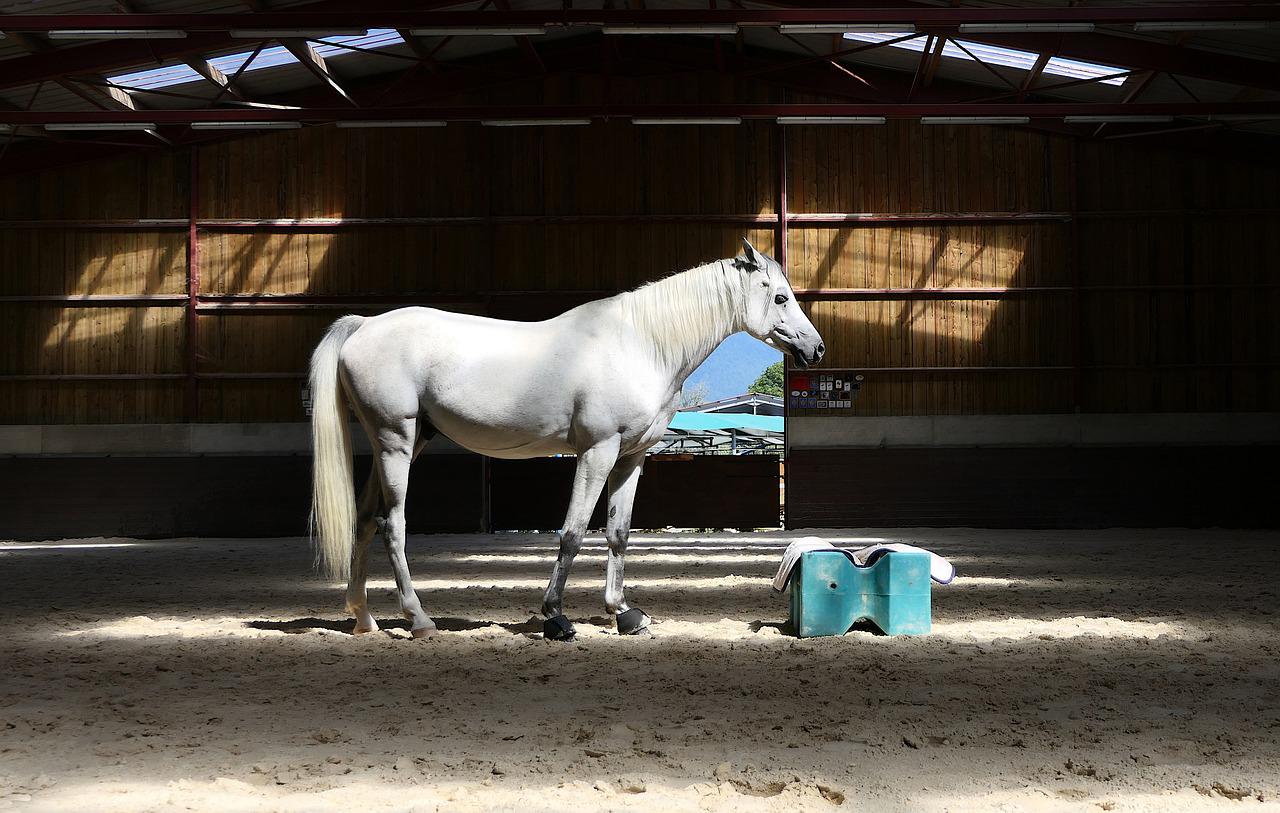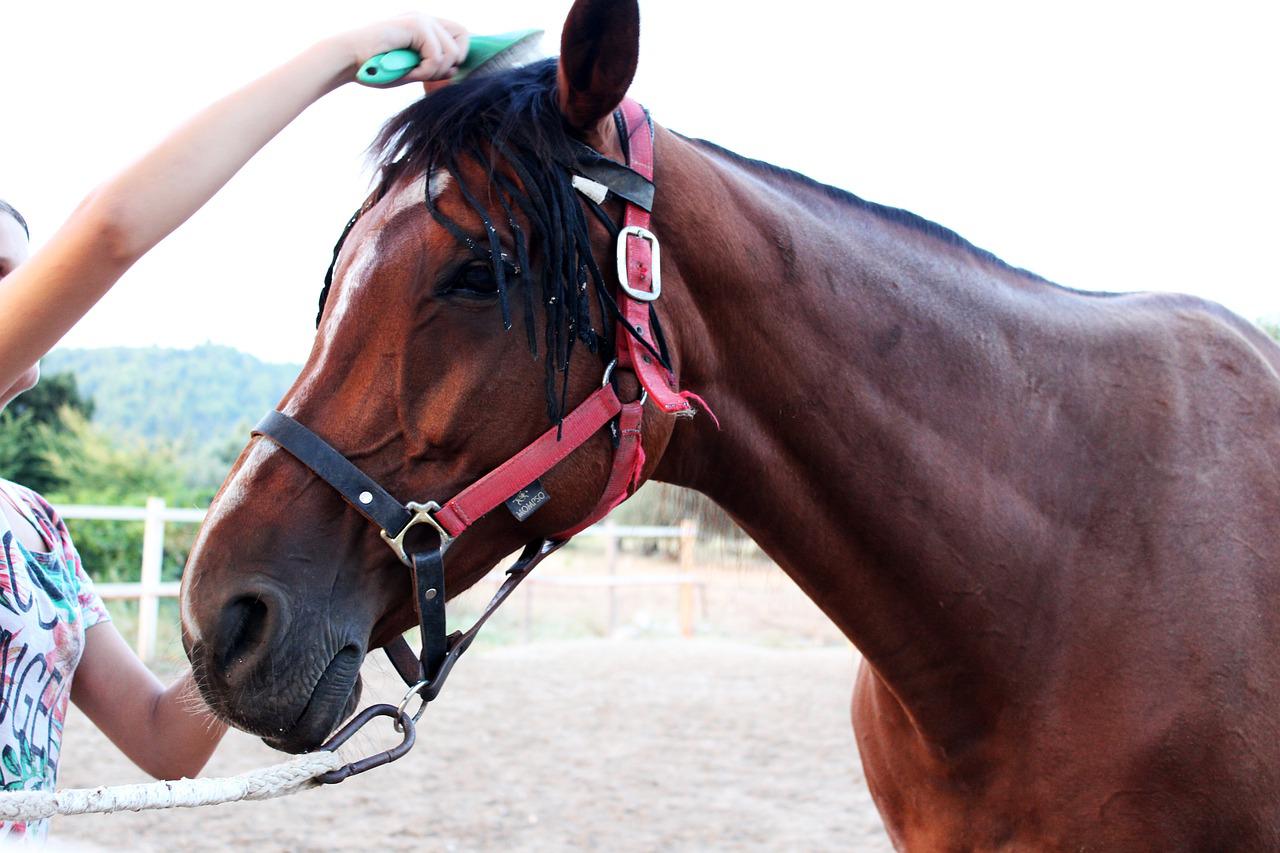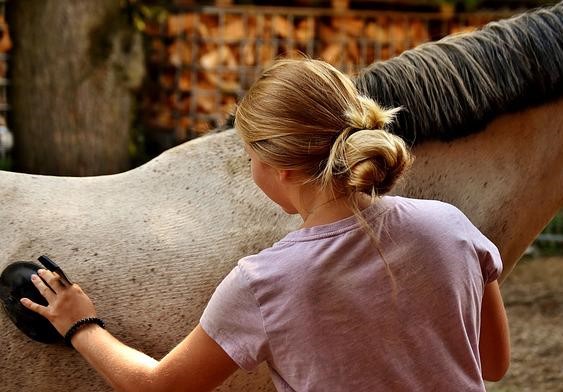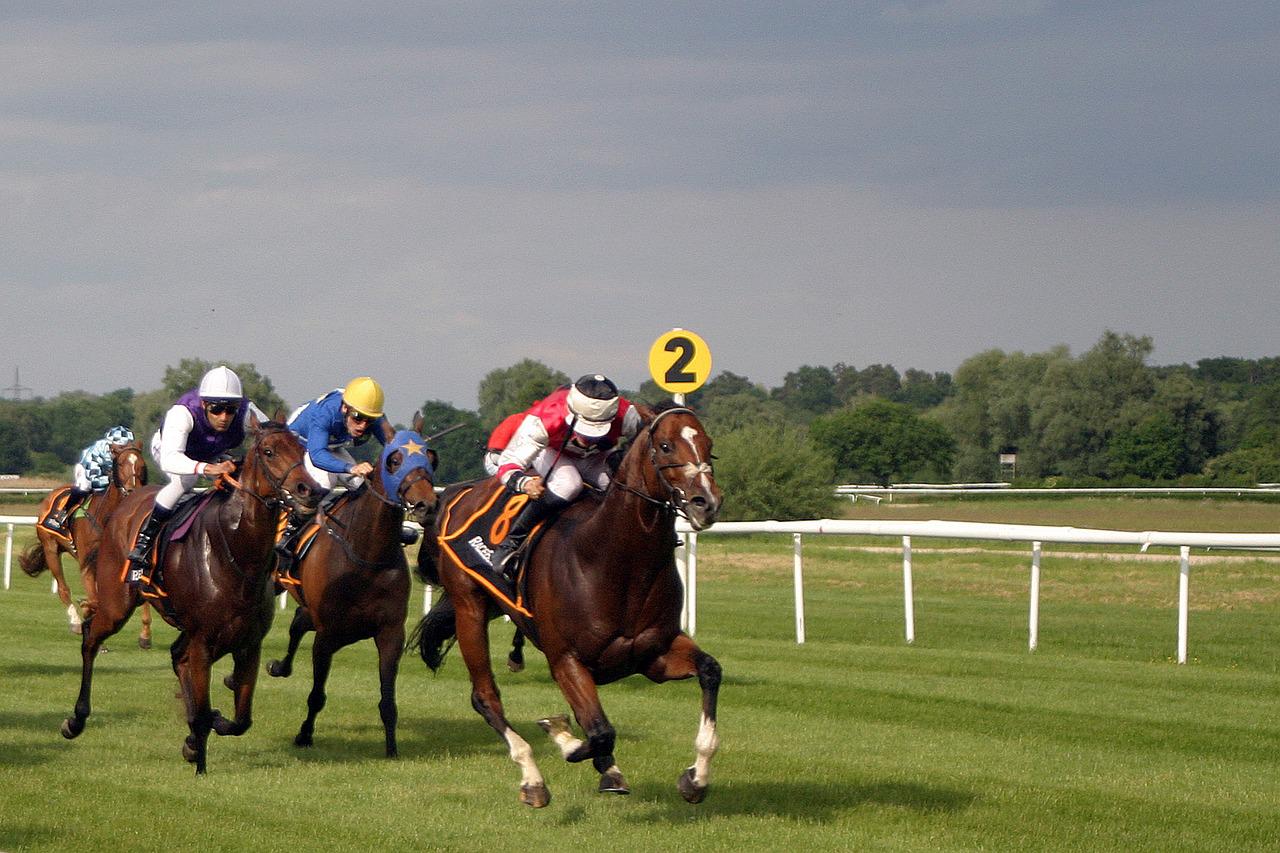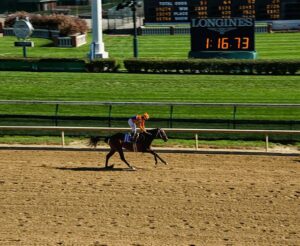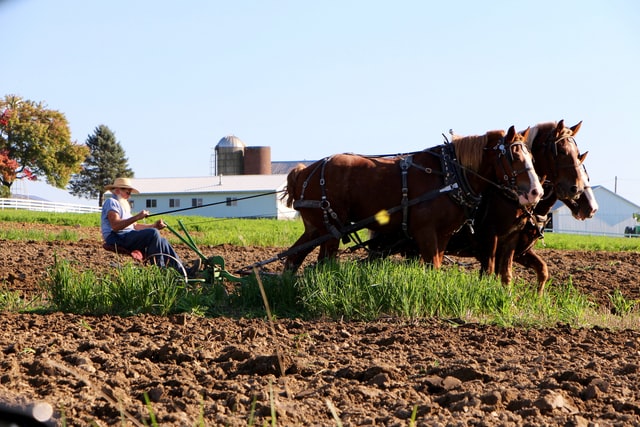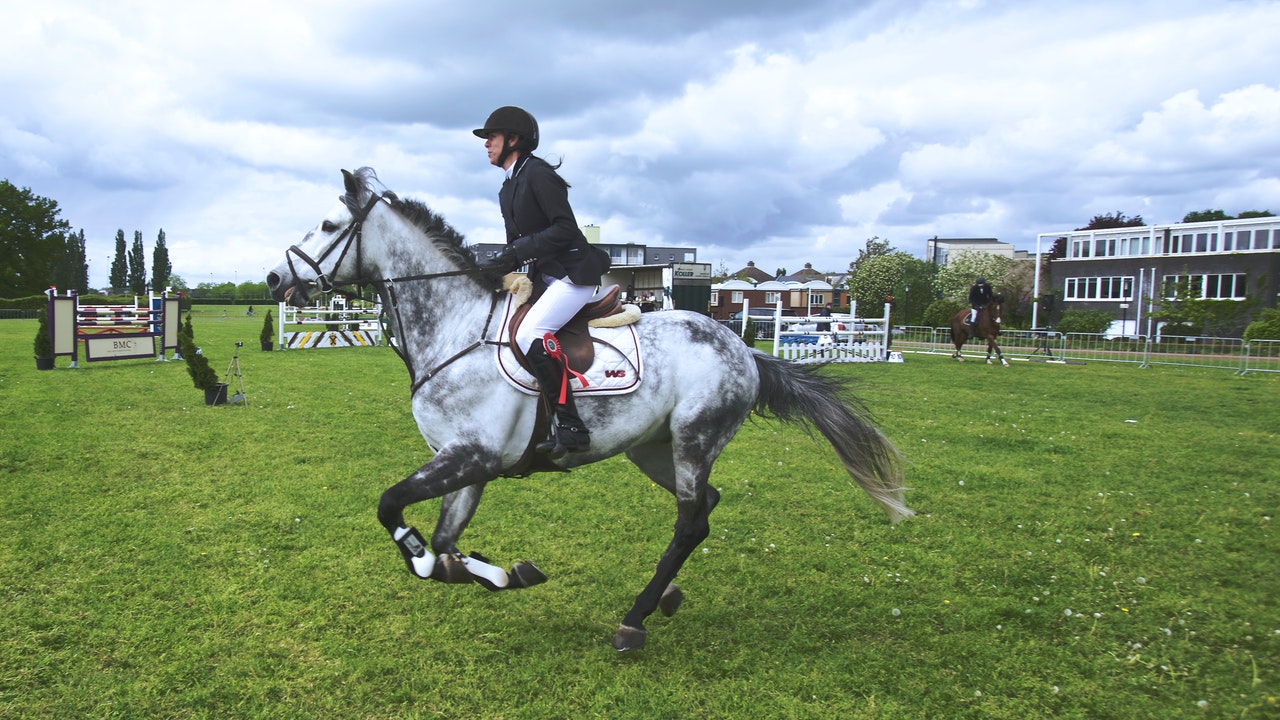
Horses are one of my biggest passions, and I can’t imagine a life without them. I think it’s important to make sure your horse is taken care of properly, from food and shelter to exercise and vet care. In recent years, there’s been a lot of advancement in technology for horses. Today I’m going to talk about wearable tech for horse riders like me. We can use this tech to track our own heart rates as well as the heart rates of the horses we ride. This can be invaluable in making sure your horse doesn’t overexert itself during exercise. It’s also helpful for collecting data that allows you to track your performance over time and see how it improves!
Motion sensors
Motion sensors are a great way to track your horse’s movements and activities. They can help you improve your riding, keep track of your horse’s fitness, and monitor his health.
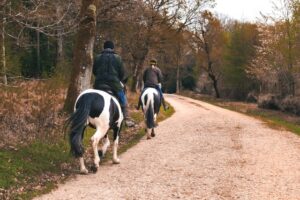
Motion sensors are small devices that are attached to the horse’s body or equipment. When the sensor makes contact with another object, it records data such as speed, distance travelled and direction of movement. Motion sensors allow you to see how much exercise your horse gets in a given period of time, how fast he runs or walks across a field (or even following you on foot), and how many steps he takes. Basically everything from running speed down to pawing at flies!
Heart rate and pressure monitors
You can use a heart rate monitor to track your pulse, and a blood pressure monitor to track your systolic and diastolic blood pressure. Both of these help you keep an eye on your physical health, which is important for anyone who does intense physical activity like horse riding.
A blood pressure monitor also allows you to keep tabs on how hard or easy things are going for both yourself and the horses in training around them. However unlike with humans there aren’t any specific guidelines about when these measurements should be taken so long as they’re done regularly throughout each day/week/month depending on what happens during those times.
Temperature monitoring
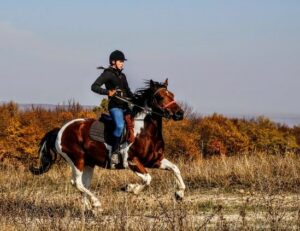
Temperature monitoring is a great way to make sure you’re taking good care of your horse. In fact, it’s one of the most important things you can do for them!
If you’re interested in temperature monitoring, there are devices that can help. A lot of wearables have built-in thermometers that measure body temperature. These devices will be more accurate than those that rely on GPS and accelerometers alone, but they’ll also cost more money since they require special hardware components.
Wearable tech is becoming more and more popular. If you’re interested in improving your horse riding, fitness levels and health, there’s a lot of wearable tech that can help you. As long as you consider your horse’s point of view, there are a lot of wearable tech options that can benefit both you and your horse. It can be great to have a clear picture of how you’re riding, what areas need improving, and where you both are right now. You also have to recognise that just because technology is available, it doesn’t mean that it will immediately turn you into an excellent rider. Good tech is just another tool in the toolbox which can help guide better training techniques based on real data.

